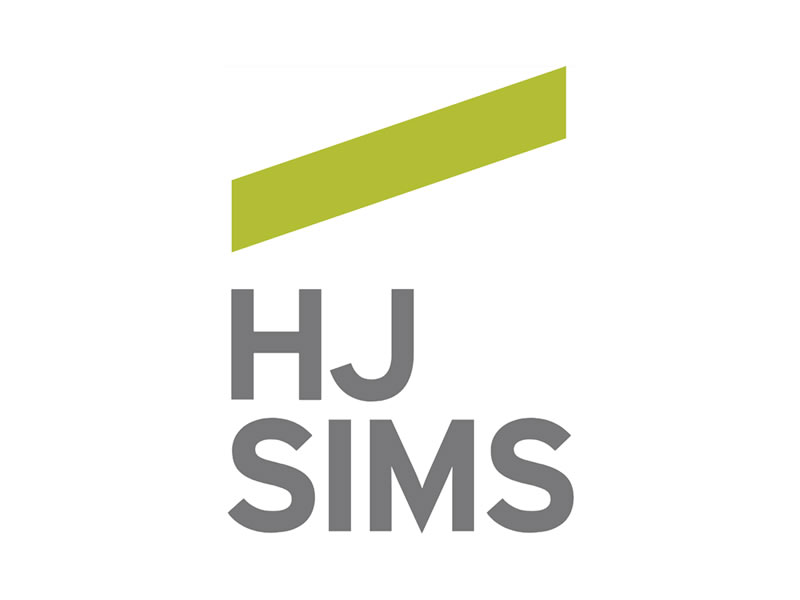We live in a world where every inch of our body is subjected to atmospheric pressure of about 14.7 pounds per square inch (psi) at sea level. We don’t do well with abrupt increases, but if the pressure rises gradually, we are able to tolerate a lot more — something even in the range of 400 psi. There are, of course, other pressures placed upon us: pressures to be perfect, to be successful, to fit in, to be fit. From physics, we recall that the only characteristic of pressure is magnitude. From life, we know that magnitude fluctuates and that it often cannot be controlled.
For six months now, governmental policies developed in response to the pandemic have placed unprecedented pressures on individuals, families, groups, businesses, and communities. Some are folding under the pressure, other have exploded, some have adapted, others thrive. Some take medication for relief, others find release in other forms: prayer, kickboxing, community service, grants, loans, forbearance. Many state and local governments and other enterprises working with shaky budgets are unwilling to accept what may be permanent changes in revenues and expenses, and hold their breath for a fifth windfall from Washington. Financial markets, on the other hand, have enjoyed 11 years of monetary policy windfalls in the form of low rates, frequent injections of liquidity, and an ever-expanding balance sheet. So far, none have cracked under the strain of record levels of debt issuance by the U.S. Treasury and American corporations, the worst collapse in GDP in our history, 27 million unemployment claims, hundreds of bankruptcy filings, $26.7 trillion of national debt, a $4 trillion federal budget deficit, $110 billion of state budget shortfalls, and unfunded pension liabilities of $1.62 trillion. Quite to the contrary.
S&P 500 has more than fully recovered from the March coronavirus lockdown shock and is up 8.3% on the year to 3,500 as of August 31. The Nasdaq is up a staggering 31% in 2020 to 11,775. Gold has gained 30% and is now priced at 1,971 an ounce. The 2-year Treasury yield at 0.13% has plummeted 143 basis points. The 10-year is down 121 basis points to 0.70%. The 30-year at 1.47% is 91 basis points lower. The 10-year BAA corporate bond yield has fallen 68 basis point to 3.02%. In the tax-free sector, the 2-year AAA municipal general obligation bond yield has dropped 88 basis points to 0.16%, the 10-year is down 63 basis point to 0.81% and the 30-yield has fallen 53 basis points to 1.56%.
Last week, the Fed indicated that it will continue to monitor the pressure gauge, remaining accommodative regarding rates and tolerating periods of higher inflation in order to focus on keeping unemployment low. The forward-looking stock market, full of optimism for coronavirus treatments and vaccines and pleased with the better than expected economic data, continued to rally. But inflation is not welcome in the lexicon of bondbuyers, so a pressure switch was triggered.. Municipals and Treasuries both weakened; for tax-exempts, it was the third consecutive week of higher yields. Muni investors, flush with cash from more than $47 billion of maturing and called bonds in August added a total of $9.5 billion to mutual funds and ETFs despite increasing credit concerns. On the month, Treasury returns fell 1.20%. The general muni market as measured by the ICE BofAML Municipal Index lost 0.34% while the High Yield Index gained 0.42%. So far this year, Treasuries are up 9.02%, munis are up 3.25%, taxable munis are up 10.45%, and corporate bonds with maturities of 15 year and longer are up 9.05%.
Primary municipal bond volume in August exceeded $40 billion for the third straight month, propelled by $12.6 billion of taxable issuance. In the high yield sector, the Hastings Campus Housing Authority in California sold $406.8 million of non-rated bonds with a final maturity that went all the way out to 2061 priced at 5.00% to yield 4.95%. The Public Finance Authority issued $73.2 million of non-rated bonds for Whitestone Senior Living in Greensboro, North Carolina structured with 2055 term bonds priced at 5.25% to yield 4.56%, and a $20.8 million non-rated transaction for Pine Springs Preparatory Academy in Holly Springs, North Carolina that had 2055 term bonds priced at 6.25% to yield 6.618%. The North Carolina Medical Care Commission came to market with a $47.8 million non-rated deal for Pennybyrn at Maryfield that included a 2050 maturity priced with a 5% coupon to yield 4.09%. The Arizona Industrial Development Authority brought a $28.5 million non-rated financing for Linder Village in Meridian, Idaho with a single maturity in 2031 priced at 5.00% to yield 5.245%.
This week, HJ Sims is in the market with a $135.8 million expansion financing for the Toby & Leon Cooperman Sinai Residences of Boca Raton. The non-rated bonds are being issued by the Palm Beach County Health Facilities Authority and are structured with maturities in 2024, 2025, 2027, and 2055. Among other deals planned for this week is a $1.3 billion Baa3/BB+ New York Transportation Development Corporation issue for Delta Airlines at LaGuardia Airport Terminals C & D, a $274 million Southern Ohio Port Authority financing for PureCycle, a $162 million BBB/BB+ rated Metropolitan Pier and Exposition Authority deal for McCormick Place, a $48.2 million BBB- rated Michigan Strategic Fund/Grand Rapids Economic Development Corporation transaction for Porter Hills Presbyterian Village, and a $16.5 million BB+ rated California School Finance Authority financing for Classical Academies.
Markets will be closed on Monday as America takes the long Labor Day weekend to decompress and celebrate the many contributions made by its workforce of 160 million to the strength and prosperity of our nation. We hold closest in our thoughts the 27+ million who are unemployed and under employed as a result of the pandemic and hope that, with the help of personal and professional networks, that their searches are soon successful and talents again rewarded.
